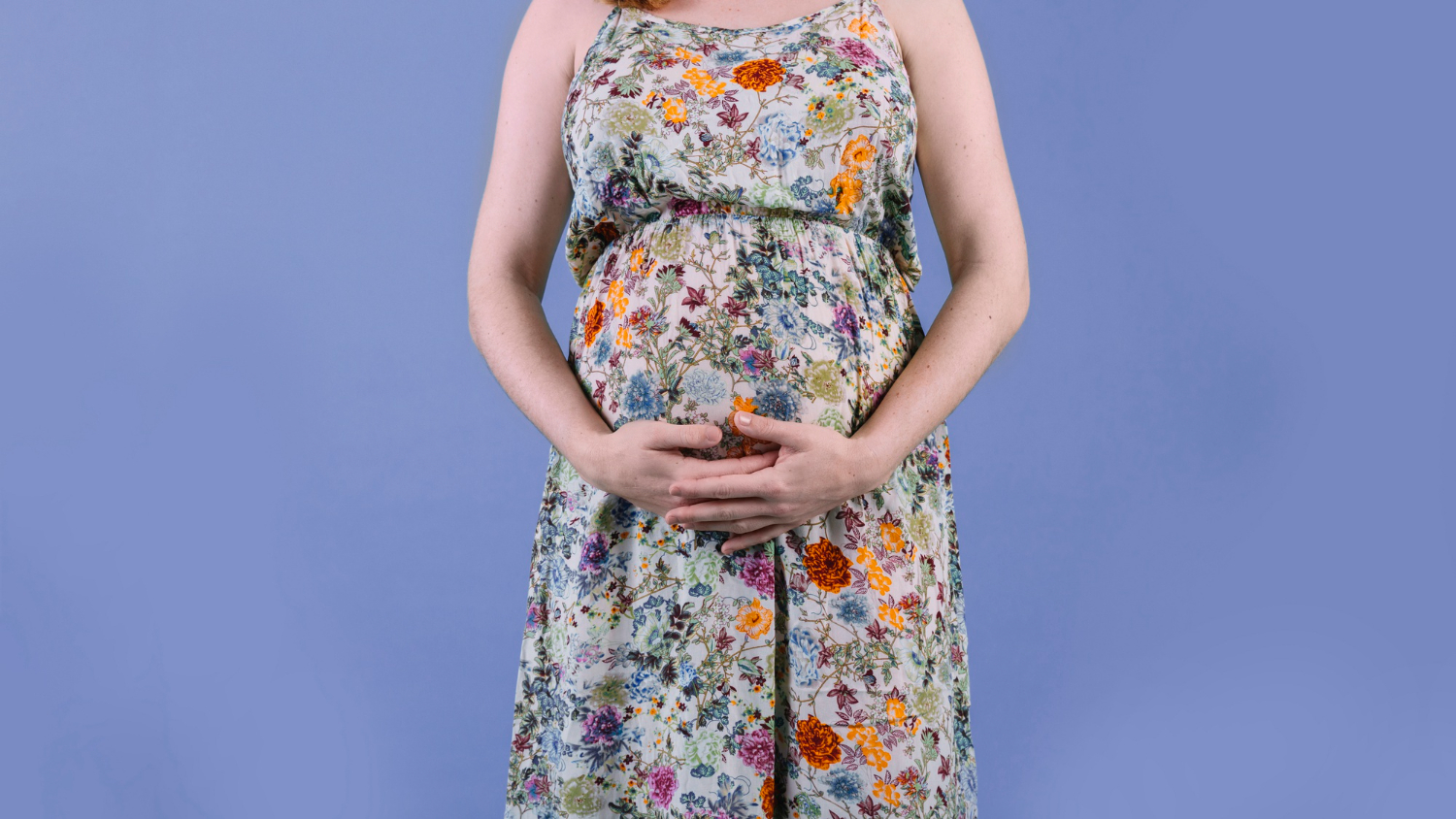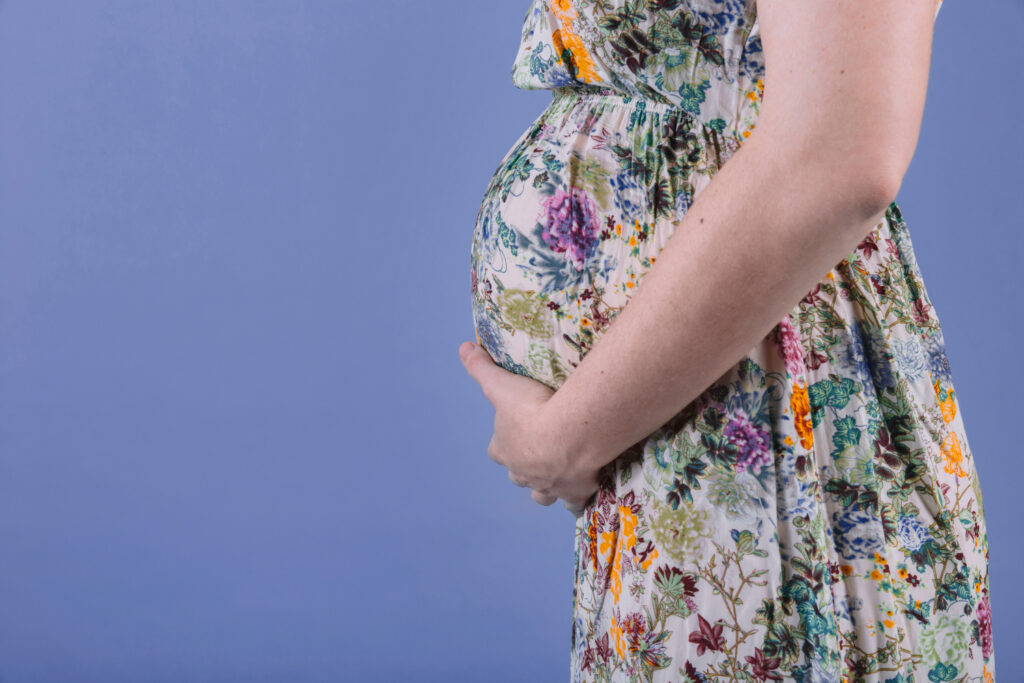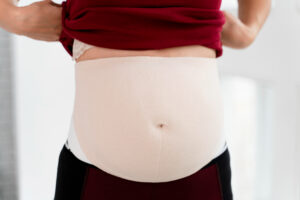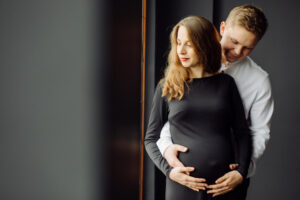
Receiving appropriate care assumes the utmost importance during pregnancy as it stands among the most delicate times a woman faces. The health of mothers along with the fetus gets negatively affected when any physical action generates excessive pressure on their bodies. Some activities do not harm pregnant women but specific body movements might trigger issues such as pregnancy loss. Among many causes of miscarriage stands incorrect and heavy pressure movements that pregnant women perform. The knowledge of harmful movements enables pregnant mothers to prevent potential risks while achieving healthy childbirth.
Why do certain movements cause miscarriages?
Miscarriage happens when pregnancy ends prior to the 20th week for multiple causes such as inherited conditions in combination with health issues and environmental conditions. The risk of miscarriage becomes higher when individuals perform improper and intense body movements. The scientific basis behind why specific movements lead to abortion will be investigated throughout this text.
- The Effect of Physical Stress on the Uterus and Fetus
High sensitivity of the pregnant uterus makes it susceptible to premature contractions as well as placental detachment from the uterine wall. Dangerous jumping motions together with sudden falls may damage the uterus and create blood loss and increase risks for water sac rupture.
- The Effect of Hormonal Changes on Muscle and Ligament Strength
Pregnancy results in significant hormonal variations that convert female body muscles and ligaments to become more flexible. Body modifications essential for childbirth enhance vulnerability to wrong postures because they affect body stability. The uterus becomes prone to injury from intense stretching maneuvers combined with rotatory motions that produce muscle damage thus increasing miscarriage risk.
- The Effect of Hormonal Changes on Muscle and Ligament Strength
The fetus can experience damage from activities that cause the abdominal area to have elevated pressure. There are two examples of harmful actions during pregnancy: sleeping face down positions or carrying large weights because these stress points decrease placental blood flow which in turn lowers oxygen delivery to the fetus. The excessive pressures become hazardous enough to create inside bleeding and trigger a miscarriage in severe cases.
List of dangerous movements during pregnancy
Different pregnancy-related movements along with activities hold dangers due to both extreme force on the body and upset body stability and possible uterine muscle contraction interruption. A description follows regarding the most crucial avoidance actions during pregnancy.
- Intense and vigorous sports
- Jumping and running fast
These activities result in intense uterus vibrations during pregnancy which creates more risk for miscarriage.
- Strength training with heavy weights
Heavy weightlifting together with exercises that apply major tension to abdominal and back regions generates excessive intra-abdominal pressure. Strong intra-abdominal pressure caused by these activities has the potential to detach the placenta from the uterus wall leading to dangerous pregnancy complications.
- Yoga that is not suitable for pregnancy
Some yoga positions combined with intensive stretches together with challenging balance poses are unsafe for pregnant women because they create abdominal pressure or boost falling risks. The practice of maternity yoga exercises remains the only suitable option for expectant mothers.
- Sudden movements and sharp turns
- Rapid rotation of the back and pelvis
Certain aerobic exercises and martial arts movements which involve extreme rotations apply excessive pressure on the abdominal and uterine muscles to cause premature contractions.
- Sudden rising from a sitting or sleeping position
Fetal blood flow gets disrupted through alterations in pregnancy-related body blood circulation when a woman suddenly stands up because this movement causes both dizziness and poor fetal circulation. Severe cases of back and pelvic rotation might result in poor fetal feeding and a potential miscarriage.
- Everyday tasks that may be dangerous
- Lifting heavy objects
During pregnancy some women naturally carry out heavy object lifts like their usual shopping bags or domestic household items. Abdominal and back pressure rises when one lifts heavy objects that eventually leads to tissue injuries or uterine complications.
- Intense cleaning and frequent bending
Heavy housework activities along with excessive bending can lead to potential harm for the developing fetal stage.
- Climbing many stairs at high speed
Women experience substantial changes in their body balance during pregnancy and fast climbing stairs elevates their chance of falling which stands as a key factor leading to miscarriage in the first stages of pregnancy.

Abortion at different stages of pregnancy and related high-risk movements
Miscarriage develops during any phase of pregnancy though danger elements together with the effects on fetal movements change according to each trimester. Knowledge about these different factors will assist pregnant mothers to prevent potentially dangerous movements during all pregnancy stages while safeguarding their well-being and that of their baby.
1- High-risk movements in the first trimester of pregnancy
The fetus experiences maximum development sensitivity during the first trimester of pregnancy. During this period the placenta remains unfinished because the fetus adheres to the uterine wall. The risk of miscarriage becomes greater when pregnant women experience physical pressure or develop any sort of traumatic event.
- Jumping and sudden movements
Strong vibrations from jumping rope or jogging can affect a poor placental connection when a woman engages in these activities.
- Heavy lifting
Excessive pressure during early pregnancy stretches the uterus in unfavorable ways which could cause placental abruption as well as internal bleeding of the uterus.
- Pressure on the abdomen and pelvis
Normal fetal development processes become disrupted when lying or sitting or sleeping on your stomach which creates pressure on your uterus.
2- Inappropriate movements in the second trimester of pregnancy
The placenta has fully developed in the second trimester though certain movements might still be risky for pregnancy success.
- Excessive stretching exercises
Pregnant women should avoid extended stretching movements because their flexible joints and ligaments increase the risk of muscle and joint damage under hormone influence.
- Extreme body rotations
Abdominal and pelvic pressure occurs when pregnant women perform rapid body movements like yoga rotations and some fitness exercises.
- Standing for a long time
Hypotension affects certain pregnant women at this time causing them to experience dizziness which may result in dangerous falls when they stand for long periods.
3- Forbidden movements in the third trimester of pregnancy
The fetus reaches full growth during the third trimester while there is increasingly reduced available space inside the uterus. Pressure on the uterus during this stage could potentially result in premature birth together with various complications.
- Climbing many stairs at high speed
Body stability weakens when individuals shift their gravity center in this period leading to dangerous falls.
- Sleeping on your stomach or back
The blood vessels experience compression while in this position that leads to reduced blood supply for the fetus.
- Sudden movements and lifting of heavy objects
When one moves their body with force it puts strained pressure on the uterus by initiating premature contractions.
Ways to prevent miscarriage due to inappropriate movements
A few basic guidelines enable pregnant women to prevent risky movements during their pregnancy. The next part of this text contains effective methods to protect both maternal and fetal safety.
1- Safe alternatives to dangerous movements
- Appropriate exercises during pregnancy
Pregnant women should perform walking alongside swimming and adaptation of maternity yoga because these exercises are less strenuous.
- Controlled stretching
The body can enhance muscle health through light movements which stretch body parts but minimize pelvic and abdominal pressure.
- Correct lifting techniques
Use the knee and perform bends when lifting objects that feel light because back-based lifting techniques are unfavorable.
2- Medical Advice for Exercise During Pregnancy
- The mother needs to consult with a doctor first to develop exercise guidelines based on her current physical state.
- The exercise regimen of pregnant women should exclude activities which trigger excessive sweat production and resulting body temperature rise.
- Stop exercising immediately when experiencing dizziness as well as shortness of breath or feeling abdominal pain.
3- Important Tips for Maintaining the Health of the Mother and the Fetus
- Stress Management & Body Relaxation
Your inner peace remains stable through stress hormone regulation through pregnancy as you practice both breathing exercises and meditation practices.
- Proper nutrition and keeping the body hydrated
When women balance nutritious food with proper water intake they maintain physical energy and lower their pregnancy-related medical issues.
- Avoid sudden movements and drastic changes in body posture
Standing up gradually from either your bed or chair should be done while slowing down your body actions to stop low blood pressure and feeling unsteady.
Final Thoughts
The journey through pregnancy emerges with distinctive physical together with mental modifications that need particular medical care for protection. Everyday tasks which appear typically harmless can lead to adverse health impacts regarding both the expectant mother and her growing fetus during pregnancy. Safety principles and safe movement identification prevent pregnancy risks which lead to healthier pregnancies and less stress. Observation of such principles is essential for both miscarriage prevention and pregnancy wellness. The essential point stands that professional medical advice remains the prime requirement over all other recommendations. Each pregnant woman experiences unique conditions so mothers should create personal physical care plans that match their health status during pregnancy. A person can safely experience this period of waiting for their baby’s arrival when they exercise careful observance and necessary precautions.
Resources
The Influence of Physical Activity during Pregnancy on Miscarriage
Pregnancy loss (miscarriage): Terminology, risk factors, and etiology
Exercises to Avoid While Pregnant: Safety Guidelines for an Active Pregnancy








No comment yet, add your voice below!